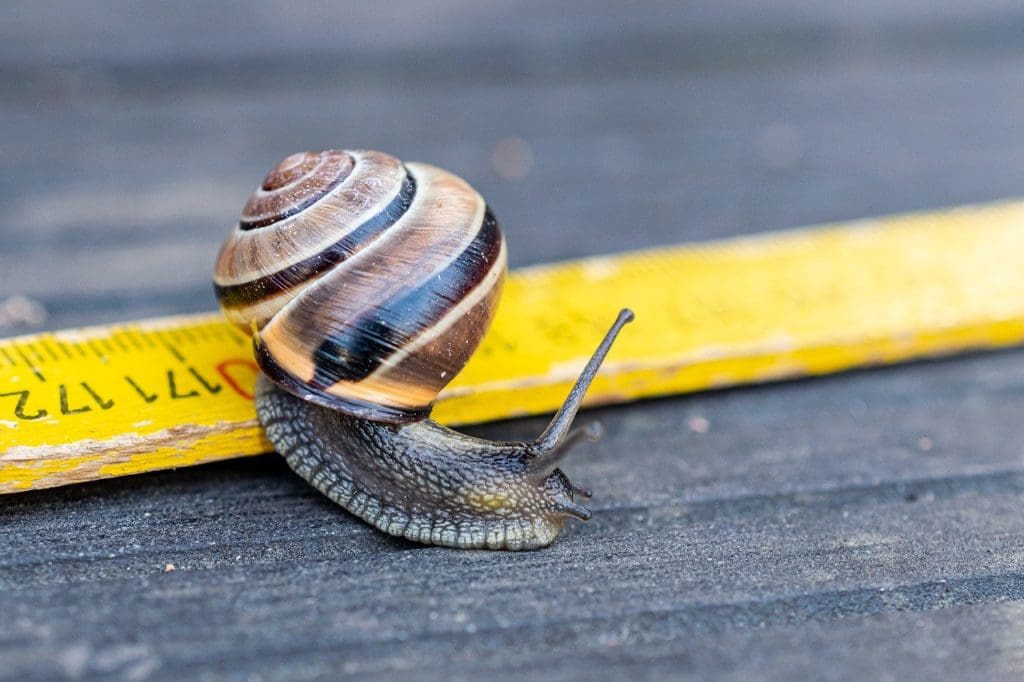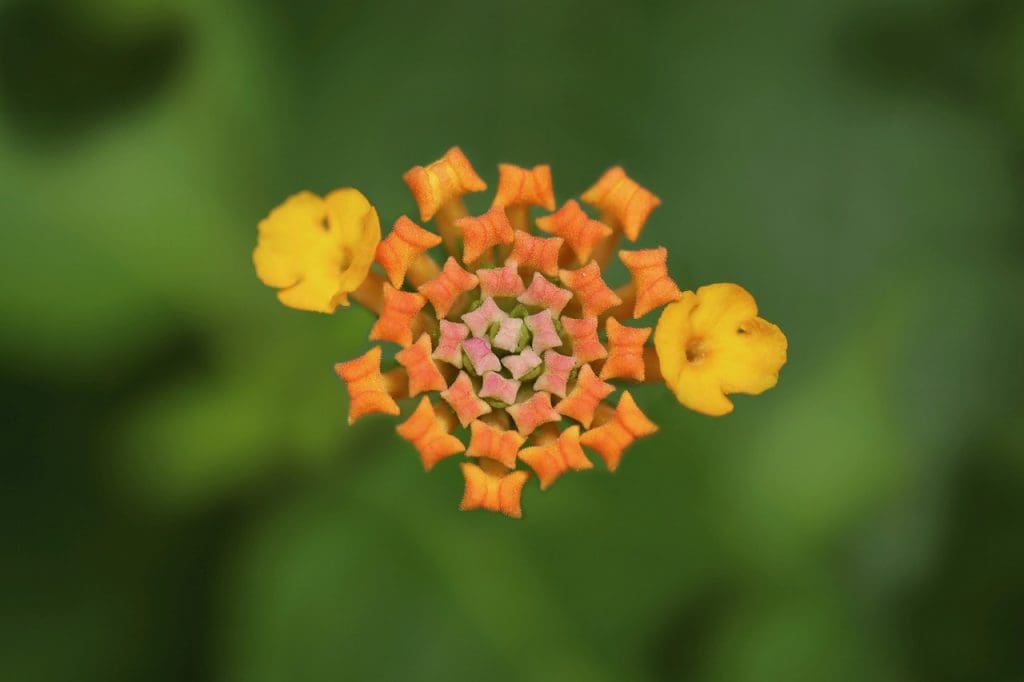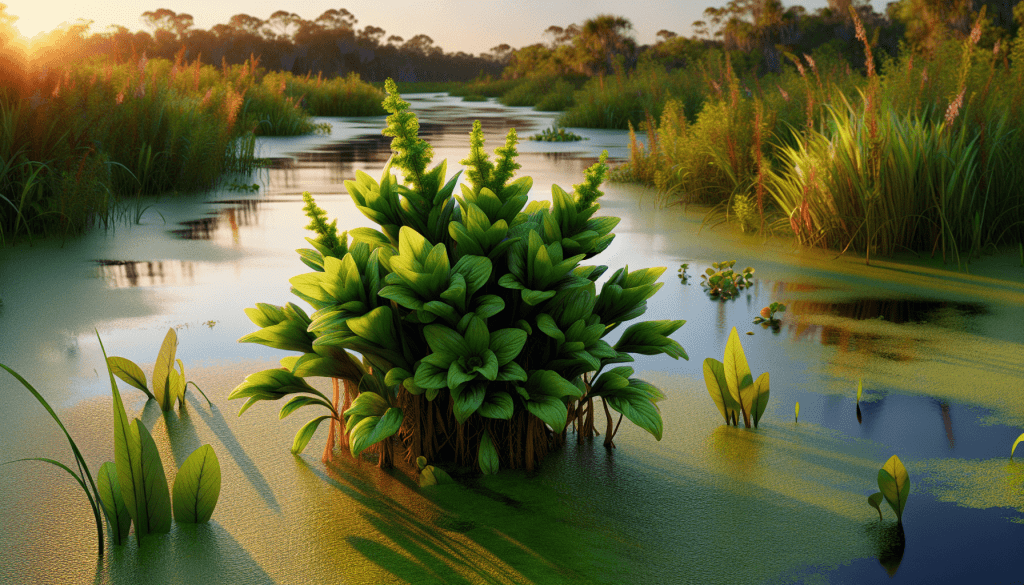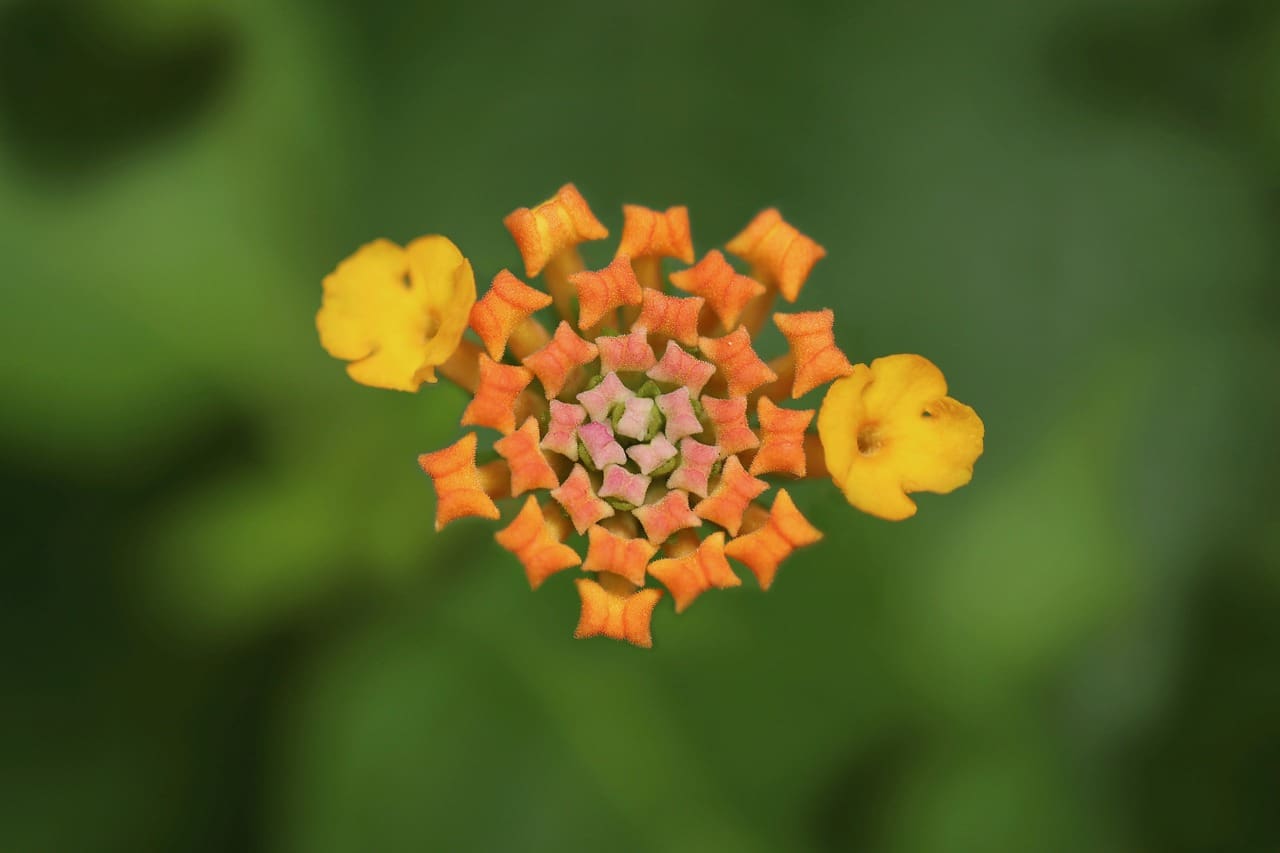In the article “Most Recommended Alligator Weed Control Techniques for Wetlands,” you’ll discover expert advice on managing and eradicating the invasive alligator weed in wetland environments. This pesky plant can wreak havoc on ecosystems, but with a mix of mechanical, chemical, and biological strategies, you can effectively tackle the problem. You’ll learn practical methods to restore balance to your wetlands and maintain a healthier, more vibrant natural space. Have you ever looked out over a pristine wetland, only to notice patches of aggressive alligator weed creeping across the water? If so, you’re not alone. Managing alligator weed in wetlands can be a daunting task, but don’t worry—you’re in the right place to learn how to tackle it effectively.

Understanding Alligator Weed
What Is Alligator Weed?
Alligator weed (Alternanthera philoxeroides) is an invasive aquatic plant that originates from South America. Known for its aggressive growth, it can form dense mats on the surface of the water, impacting both water quality and native ecosystems.
Why Is It a Problem?
The primary issue with alligator weed is its ability to take over wetlands, displacing native plant species. It can clog waterways, impede water flow, and cause significant environmental and economic damage. It’s notorious for its resilience and ability to spread rapidly, making management essential.
Identifying Alligator Weed
Physical Characteristics
Alligator weed has a few distinctive features that make it relatively easy to identify. Its leaves are elliptical and smooth, and it produces small white flowers that resemble clover blooms. It often forms dense, floating mats or terrestrial tufts in shallow waters.
How to Spot It in Different Seasons
Interestingly, alligator weed looks different depending on the time of year. During warmer months, it thrives and becomes most visible. In cooler seasons, it may die back slightly but remains present. Knowing what to look for year-round helps you catch infestations early.
Methods of Control
Controlling alligator weed requires an integrated approach combining various methods for maximum effectiveness. Let’s break it down into mechanical, chemical, biological, and cultural control techniques.
Mechanical Control
Manual Removal
Manual removal involves physically pulling the weed from the wetland. It’s labor-intensive but effective for small infestations. Make sure to remove all parts of the plant, including roots, to prevent regrowth.
Mowing and Harvesting
In more extensive infestations, mechanical equipment like mowers and harvesters can help manage alligator weed. These machines cut and remove the weeds, but be cautious—leftover fragments can result in new plants.
Chemical Control
Herbicides
Herbicides are chemical agents designed to kill or inhibit plant growth. Some effective herbicides for alligator weed include Glyphosate and Imazapyr. It’s crucial to follow guidelines and restrictions to avoid harming other wildlife and plants.
| Herbicide | Application Method | Effectiveness | Notes |
|---|---|---|---|
| Glyphosate | Foliar Spray | High | Non-selective; avoid contact with desirable plants |
| Imazapyr | Foliar Spray | High | Long-lasting soil activity; use with caution |
Biological Control
Insects
Certain insects from alligator weed’s native range have been introduced as biological control agents. The alligator weed flea beetle (Agasicles hygrophila) and the alligator weed thrips (Amynothrips andersoni) feed on the plant, reducing its spread.
| Insect | Targeted Area | Effectiveness | Notes |
|---|---|---|---|
| Alligator Weed Flea Beetle | Leaves & stems | Moderate | Best used in combination with other methods |
| Alligator Weed Thrips | Leaves | Moderate | Slower to act but sustainable control |
Cultural Control
Water Level Management
Manipulating water levels can make conditions less favorable for alligator weed. Lowering water levels may expose the weed to dryness, while raising water levels can submerge it, hindering its growth.
Native Plant Restoration
Encouraging the growth of native plants can out-compete alligator weed. Native species help restore ecological balance and provide a more stable environment.
Integrated Pest Management (IPM)
An Integrated Pest Management (IPM) approach combines multiple control methods to manage alligator weed effectively. By using a combination of mechanical, chemical, biological, and cultural techniques, you can create a customized strategy tailored to the specific needs of your wetland.
Steps of IPM
- Assessment: Identify the extent of the infestation and the wetland’s specific conditions.
- Planning: Develop a control plan that incorporates various methods.
- Implementation: Execute the plan using the selected techniques.
- Monitoring: Regularly check the effectiveness and adjust the plan as needed.

Environmental Considerations
Avoiding Non-Target Damage
When using any control method, it’s vital to minimize harm to non-target plants and wildlife. Always follow guidelines and consider the environmental impact of each technique.
Balancing Biodiversity
A balanced ecosystem is more resilient to invasions. Promoting biodiversity through the restoration of native plants and careful management practices can create a healthier wetland.
Monitoring and Maintenance
Regular Inspections
Frequent inspections help detect new infestations early. Aim for seasonal checks to stay ahead of the weed’s growth cycle.
Ongoing Management
Alligator weed is tenacious, requiring ongoing effort. Stay vigilant and adaptive in your management strategy to keep it under control.

Community and Stakeholder Involvement
Collaboration
Working with local communities, stakeholders, and authorities can enhance control efforts. Sharing resources and knowledge fosters a more comprehensive approach.
Education and Awareness
Raising awareness about alligator weed helps garner support for management initiatives. Educate others on the importance of controlling this invasive species.
Conclusion
Managing alligator weed in wetlands is no small feat, but with the right techniques and a thoughtful approach, you can protect your precious ecosystems. Combining mechanical, chemical, biological, and cultural methods into an Integrated Pest Management strategy offers the best chance for success. Remember, persistence and vigilance are your allies in this ongoing battle. Happy wetland management!
We hope this guide has provided you with valuable insights and practical tips for controlling alligator weed. If you have any questions or need further advice, don’t hesitate to reach out. Together, we can keep our wetlands healthy and thriving.

